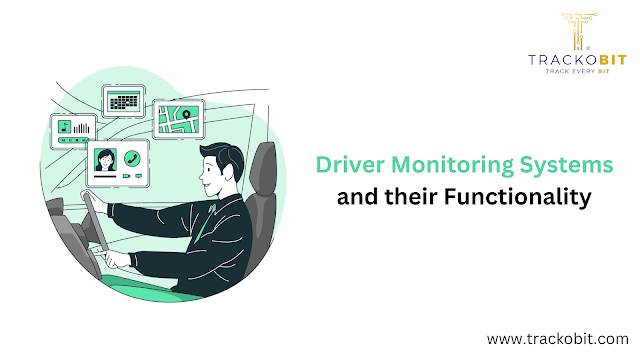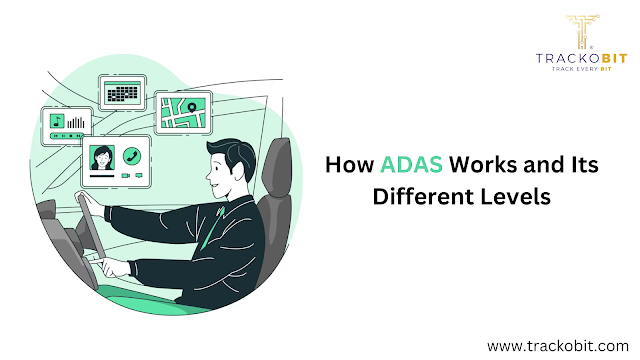What Are Fuel Level Sensors? Comprehensive Guide 2023
What Are Fuel Level Sensors?
Fuel sensors or fuel level indicators are ingenious devices installed inside the fuel tank to measure the accurate fuel level in real time. The data is shared with telematics software such as TrackoBit which massage the raw data and present the users in a digestible format.
These sensors are further categorised into various types depending on the technology they use to gauge fuel levels. The following section will shed light on them in detail. As far as the use cases of fuel tank sensors are concerned, they help fleet managers:
Measure fuel consumption patterns
Plan fuel refills and stops
Maintain the overall fleet efficiency
Enhance vehicle and consignment safety.
Types of Fuel Level Sensors
Having only one option, is even an option? We get you!
Cutting straight to the chase, the following are the common types of fuel level sensors used across industries.
1. Capacitance Fuel Level Sensors
Capacitive fuel indicators come with two electrodes that are immersed at the two ends of a fuel tank. The capacitance between the electrodes changes as the fuel level changes. This change in value is then converted into fuel level readings.
Pros and Cons: The accuracy of capacitance sensors are accurate. They are less susceptible to fuel sloshing and sedimentation. The best part- they are suitable for both liquid and gas fuels.
They are popularly used in vehicles including cars, trucks, vessels, and machines as well.
2. Ultrasonic Fuel Sensors
As the term suggests, the sensors use ultrasonic sound waves to measure fuel levels. They emit sound waves towards the fuel surface, and the amount of time they take to reflect back determines the distance. Hence, the level of fuel is gauged.
Pros and Cons: Contactless measurement of fuel. It’s suitable for fuel tanks of different shapes and sizes. However, the ultrasonic fuel tank level sensor is a little expensive and potential hindrance such as foam may compromise the reading.
Benefits of Fuel Level Sensors in
Optimising Fleet Operations
One of the primary and most popular applications of fuel sensors is in automotive vehicles.
In the fleet of commercial vehicles, where optimising each and every aspect of operations
is a must to draw a profitable bottom line, petrol-level sensors prove to be a game changer.
Let’s elaborate on the benefits of fuel sensors!
1. Improved Fuel Management
Real-time, as well as historical data, enable automatic alerts such as fuel refill reminders,
fuel leakage, pilferage or abnormal fuel drainage. Advanced fleet management software also provides a list of nearby fuel stations and current fuel prices in different states,
allowing fleet managers to plan fuel refilling stoppages accordingly.
2. Increased Vehicle Efficiency
With real-time and accurate fuel level updates, drivers and managers can make informed
decisions pertaining to fuel refilling, vehicle health, and trip planning. If certain vehicles are
consuming more than usual fuel, it means either the vehicle needs servicing or the driver
is not practising eco-driving. Spotting such anomalies and correcting them at the right time
improves overall fleet efficiency.
3. Enhanced Safety
Abnormal fuel drainage may be the result of leakage, which is not safe for the vehicle and
consignment can be detected by fuel level sensors. Unannounced route deviations breed
fuel pilferage which can be detected with a win-win combination of route deviation alerts
and fuel monitoring reports. This is where the heroism of fuel-level sensors comes into
play.
Read More:- Benefits of Fuel Level Sensors
.jpeg)

.png)

Comments
Post a Comment